<Report from overseas office> [Indonesia] Indonesia, where modern culture and tradition merge
- Release date: Feb 18, 2019
- 7791 Views
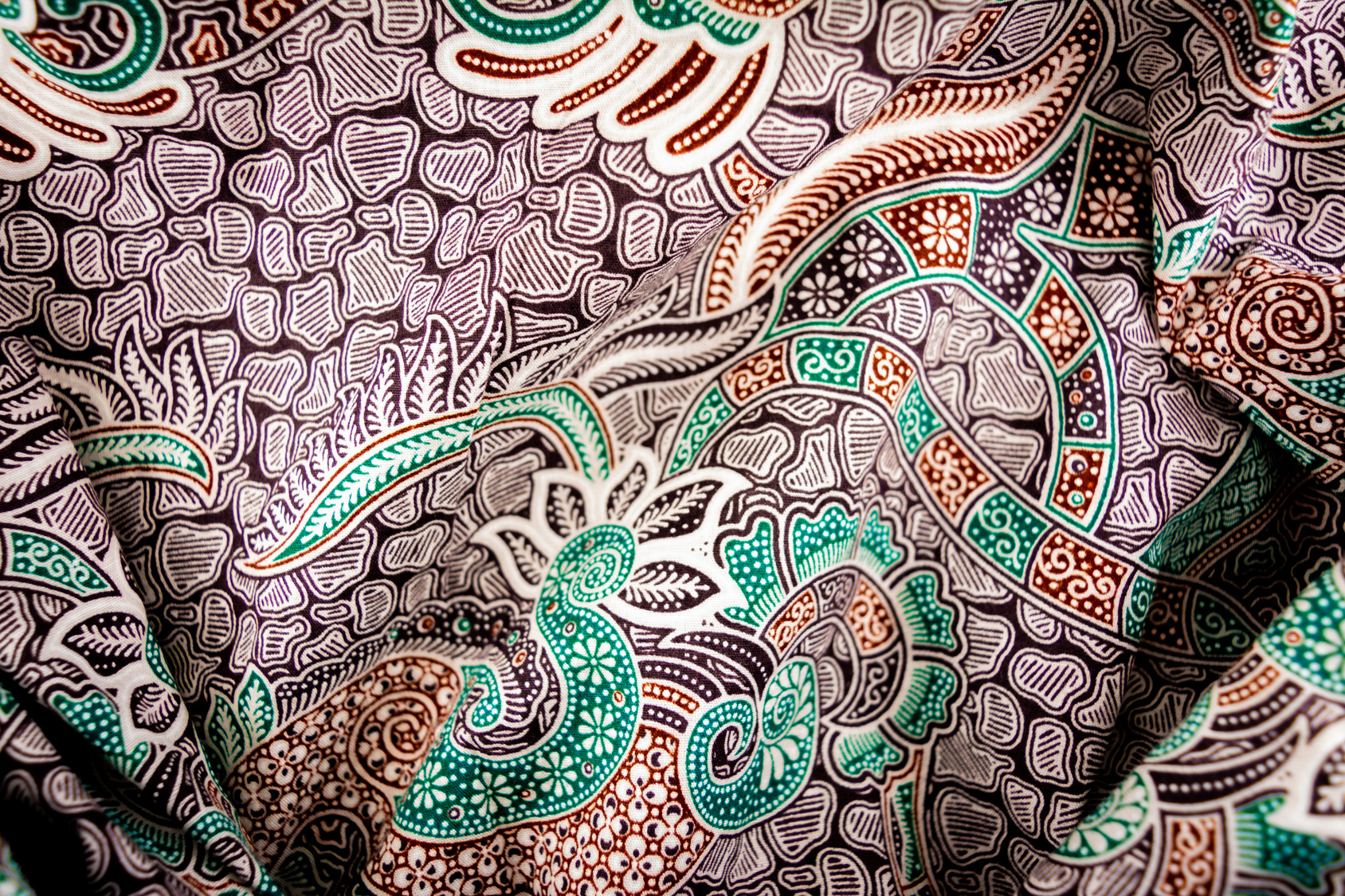
Indonesia's fast-growing metropolis
What do you, the readers of this article, think of when you hear the word "Indonesia"? Perhaps many of you may think of the tropical resort town of Bali.Jakarta, where I live, is a big city with a population of about 10 million, about 7 hours by direct flight from Japan. If you include the Jakarta metropolitan area (in Indonesia, it is called JABODETABEK, an acronym for surrounding cities), the population is about 31 million, and of Indonesia's total population of 240 million, more than 10% is concentrated in this region.
Infrastructure development is progressing in Jakarta, and the MRT (Metropolitan Rapid Transit) is scheduled to be completed within this year. However, at the moment, the city is heavily congested, and depending on the day, you may be stuck in a car for hours. There are a number of large malls in the city, and on weekends, the surrounding roads are jammed with shoppers. Jakarta continues to grow at a dizzying pace, with people and goods moving around and infrastructure construction taking place everywhere.

Traditional culture blends well with modern life.
Composed of about 13,000 islands of various sizes (source: Wikipedia), Indonesia is often perceived as a truly multi-ethnic country. Here in Jakarta alone, there are many ethnic groups coexisting, including Javanese, Bedawians, Sundanese, Chinese, and Bataks.What strikes me most about living here is how well tradition and the latest trends are blended together. Observing the fashions of the people on the street, I saw many young women wearing hijabs(*1) on their heads and wearing trendy fashions, and young men wearing batik(*2) shirts and the latest sneakers from Western sports manufacturers on their feet.
I often use the car-delivery app Grab, and the music coming from the speakers is also diverse. There is a wide range of music from local music, religious music, western pop and rock.
My impression after living here for a year is that the people are very flexible, and while tradition and religion are the mainstays of their lives, they are also willing to let other cultures and trends become a part of their lives.
1: A cloth scarf used by Muslim women to cover their heads.
2: Traditional wax-dyed fabric
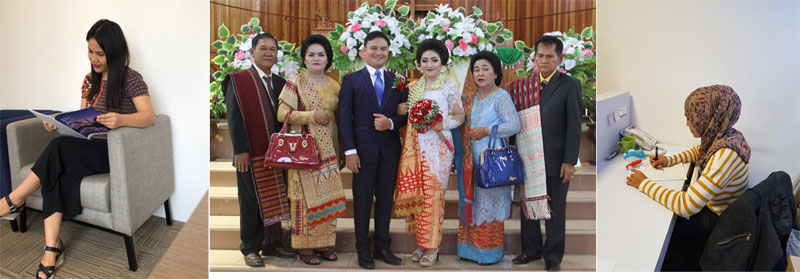
Japanese companies will participate with localized products.
I would like to introduce three examples of Japanese companies that have been active in the Indonesian market, which is flexible enough to adopt foreign ideas. The first is UNIQLO, a global clothing manufacturer that has successfully entered this market in the field of fashion. I was surprised to see batik shirts made by UNIQLO when I visited a newly opened mall near my home. It was a more modern pattern and cut than a typical batik shirt, but it was sold as a "batik motif". It seems that every Friday, civil servants are required to wear batik shirts. Also, in general companies, many men wear batik shirts on Fridays. As a clothing manufacturer, I think this is a good example of how they have used their strength in manufacturing and design to successfully integrate into this lifestyle.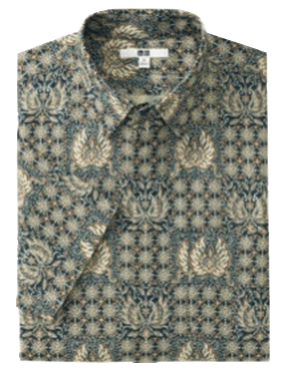
https://www.star2.com/9 Citation from
In relation to the batik shirt introduced in the first company, I would like to introduce an example of batik detergent sold in Indonesia by Kao, a consumer goods manufacturer.Here is an example of batik detergent sold in Indonesia by Kao, a consumer goods manufacturer. I don't know if it's the difference in the water, the performance of the washing machine, or the dye, but the color of my clothes often fades when I wash them. I have had the experience of ruining my favorite shirts on several occasions. On the day I washed a colorful batik shirt, I was worried that everything would be mixed and discolored. I think that this color detergent that can wash batik shirts has successfully grasped such consumer psychology and the actual living conditions in Indonesia. Some of the family members of the staff working at the Jakarta office also use this detergent. Since batik shirts require special care, it seems to have become a necessity for laundry.
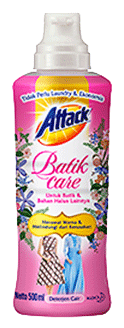
https://www.kao.com/id/ Citation from
Finally, I would like to introduce you to Panasonic, which has incorporated batik patterns into the design of a lighting fixture that is essential for daily life. The design concept of this product seems to be to create an elegant lifestyle by incorporating traditional Indonesian culture into LED lighting (from the website), and I think this is a very interesting case of technology and culture merging well. 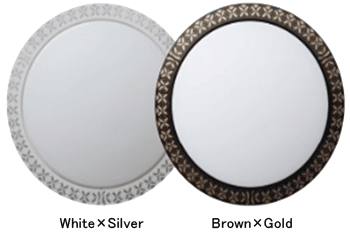
https://panasonic.net/es/id Citation from
Possibilities for the future
Translated with AI Translator-
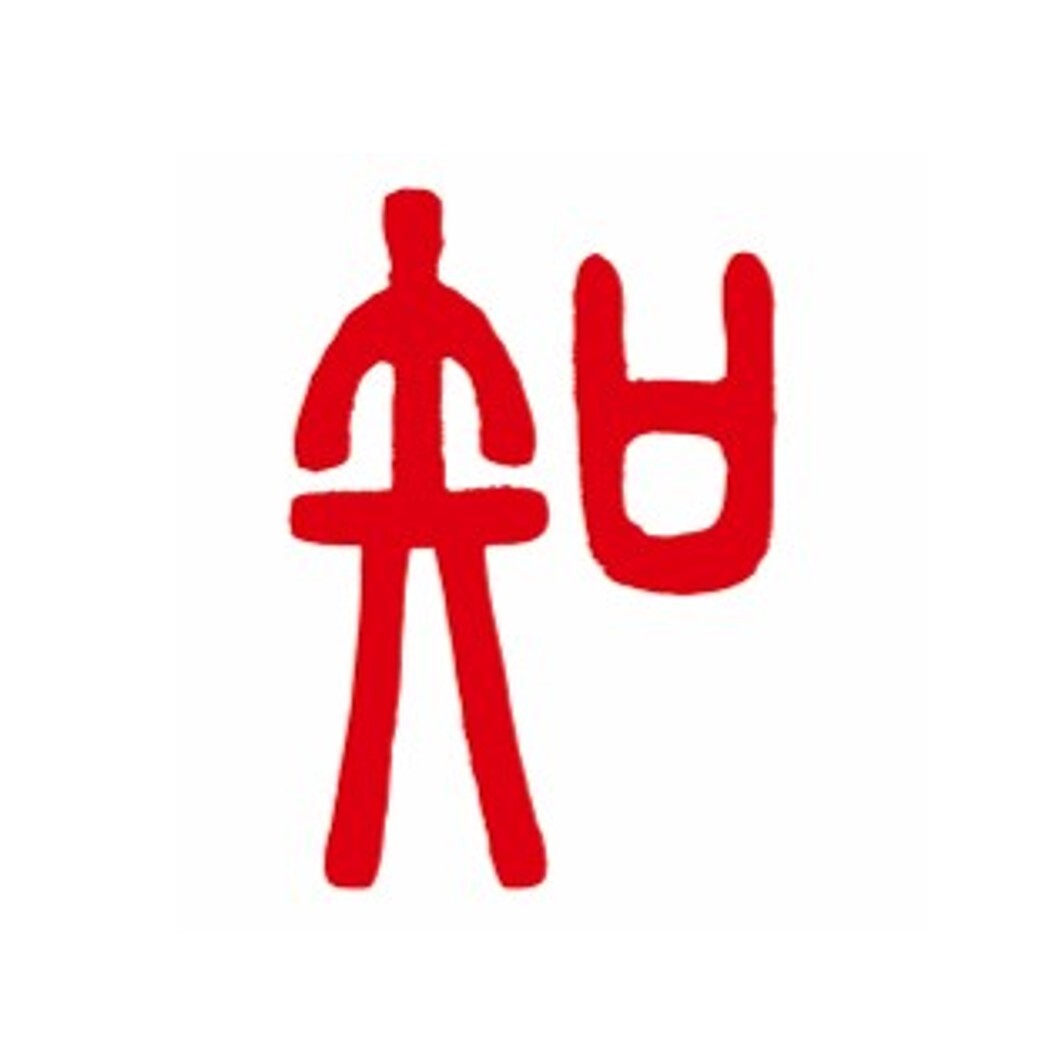
Author profile
Takayoshi Takayama
A male researcher living in Jakarta, Indonesia. It's been a year since I moved to Jakarta. He has started to get used to Jakarta's notorious traffic jams and is sometimes mistaken for a Chinese Indonesian... He is a wandering researcher who travels from island to island on business trips within Indonesia.
-

Editor profile
Intege.inc
***
 Global Market Surfer
Global Market Surfer CLP
CLP